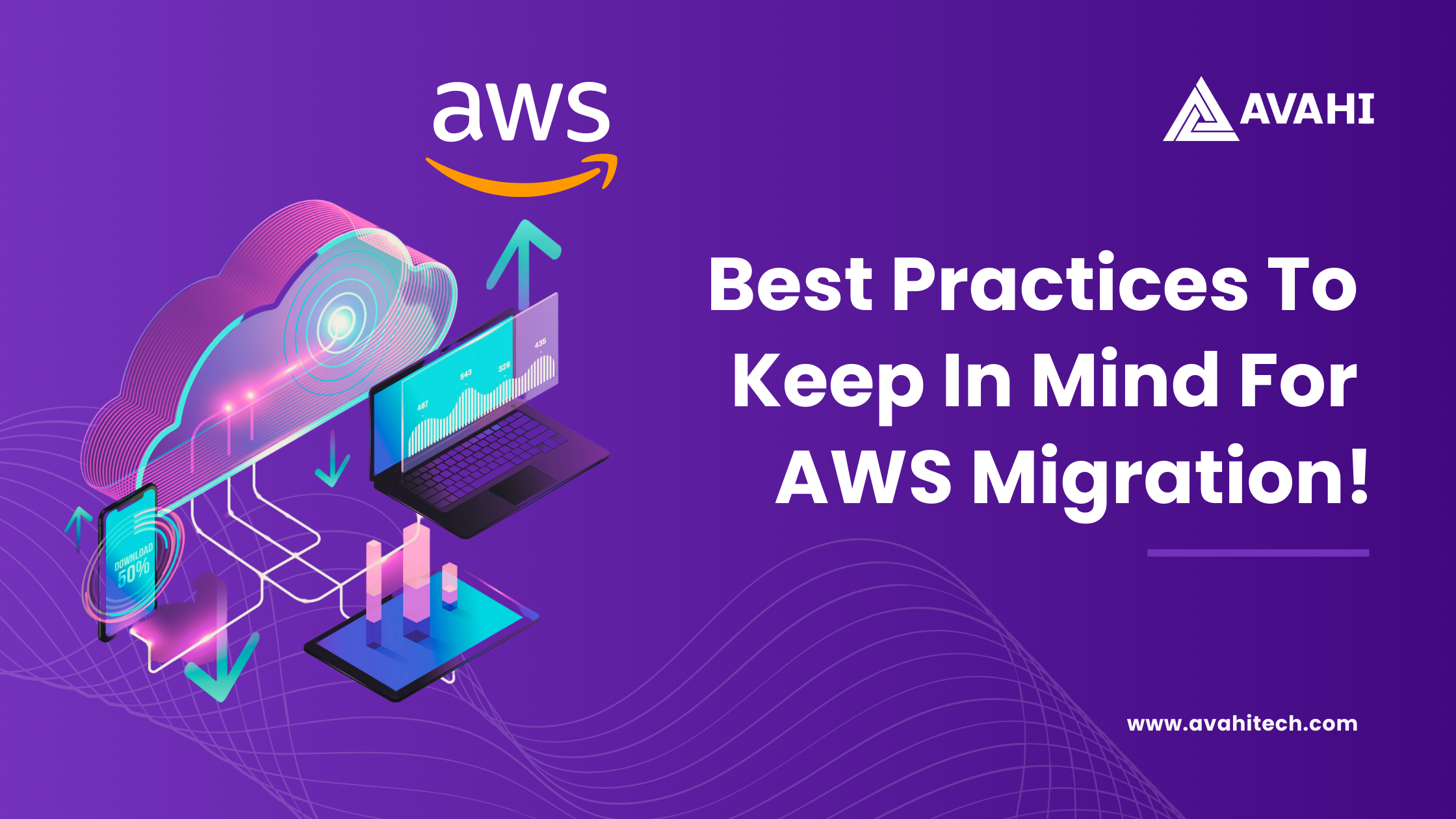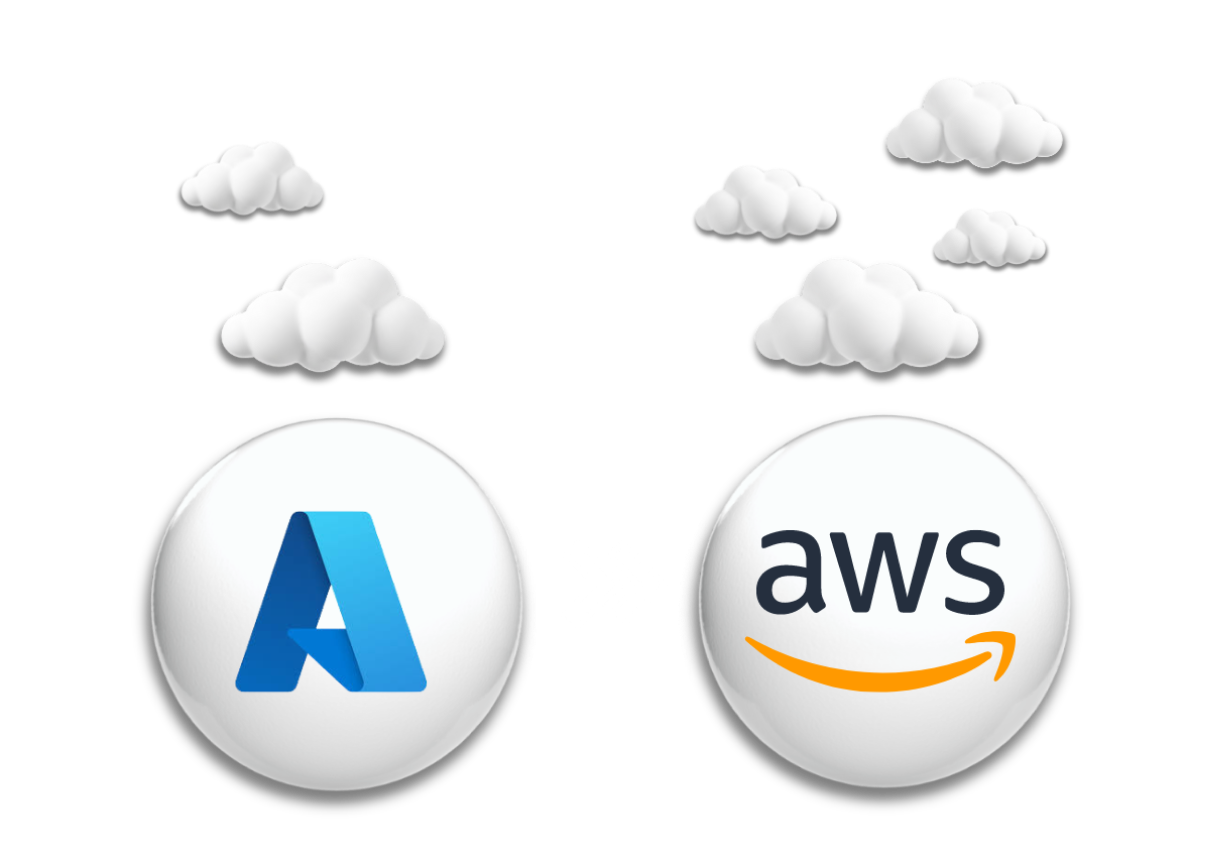Among the numerous cloud service providers, Amazon Web Services (AWS) stands out as a leader, offering a comprehensive suite of scalable and reliable solutions. Migrating your infrastructure to AWS brings numerous advantages that drive growth and efficiency. It offers unparalleled scalability, allowing you to flexibly expand or shrink resources as per your needs. Security is paramount, as AWS incorporates cutting-edge measures to safeguard your data and applications. Significant cost savings can be realized through an operational expenditure model and cost optimization tools.
However, migrating your existing infrastructure to AWS requires careful planning and execution to ensure a smooth and successful transition. Cloud migration is not a linear process, but it’s doable with expert assistance. With the right AWS migration partner who can understand your long and short-term business needs and tailor deployments to align with customer’s business goals, it’s possible to streamline the process.
Considering expert guidance, this article breaks down the best practices for AWS migration to keep in mind.
Let’s read through!
What is AWS Migration?
AWS migration is the process of moving all your applications, workloads, and data from an on-premises data center or another cloud environment to AWS. The goal of an optimum AWS migration is to minimize any downtime or disruptions while ensuring all the data is migrated accurately and successfully.
There are different ways to migrate to the AWS cloud, and the right strategy will depend on the complexity and the size of data transfers as well as the workloads that need to be migrated.
What Are The Best Practices For AWS Migration?
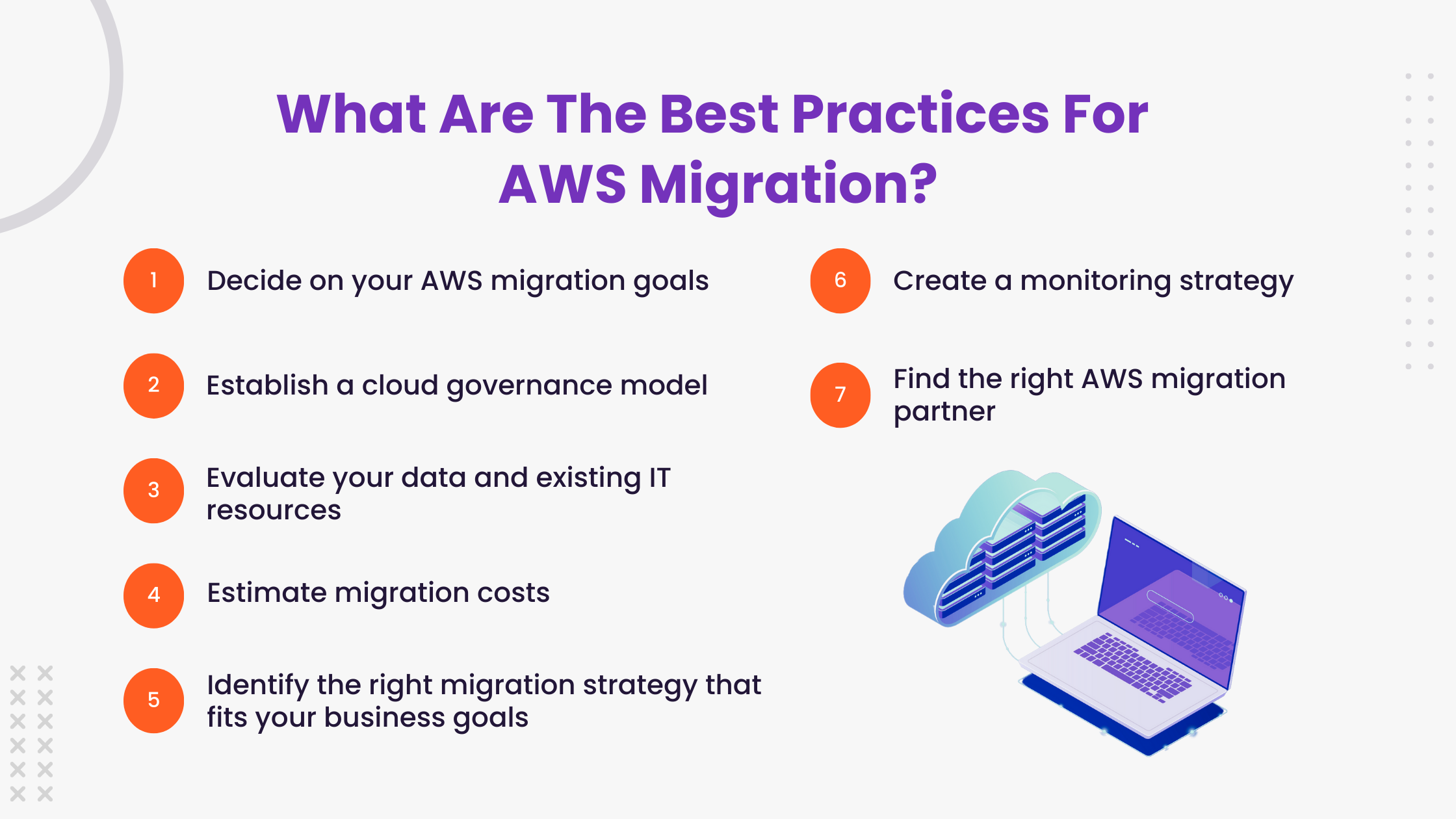
Migrating your applications and infrastructure requires careful planning and execution to ensure a smooth and successful transition. Here are some best practices to consider for AWS migration:
Decide on your AWS migration goals
There are clear advantages of migrating to AWS, but that does not mean every organization will benefit from migration similarly. It’s crucial to decide on your AWS migration goals to ensure they perfectly align with your overarching business strategy. It is a good practice to decide on KPI-based goals to evaluate the success of AWS migration objectively.
Ideally, migrating to AWS should help you streamline internal operations, save on business costs, and deliver more value to end users.
Establish a cloud governance model
Cloud governance is the process of establishing, implementing, and monitoring a set of policies that serve as guidance for cloud usage and management in an organization.
The process guides cloud operations in an organization and regulates how users should manage the cloud environment to ensure consistent and optimum performance.
Implementing a cloud governance model allows organizations to address two major concerns – Security and compliance. Cloud governance can mitigate risks while ensuring minimal interruption to cloud migration.
The cloud governance model should ideally include the following:
- Cost control policies for the AWS platform, as the cost is a primary concern for most AWS users
- Security policies that apply across all data, network, and asset configurations
- Performance management should focus on the performance of the applications in the AWS environment and their current usage.
- Consistent resource configuration to ensure you can manage risks associated with discoverability, onboarding, and recovery.
- Standardization and centralization of deployment and configuration in order to improve governance practices
Evaluate your data and existing IT resources
Analyzing your existing infrastructure can ensure you have the required resources to migrate all the IT components to AWS.
Start by reviewing the existing applications in your current IT ecosystem to decide which should be migrated to AWS. You should also analyze if it’s possible to move these applications to the cloud without any code rewriting or refactoring.
You can use data mapping to evaluate better the readiness of the data that needs to be migrated. It’s better to prioritize data that needs to be migrated first.
It’s also just as essential to determining the capabilities of the existing IT resources to ensure they are enough to migrate data and applications to AWS.
Estimate migration costs
Cloud costs can seem complex, especially if you are new to it. Moreover, optimizing cloud costs yourself can not only be more expensive but also take you away from your core business operations. By partnering with AWS experts for cloud cost optimization, your team can focus on your core businesses while the cost analysis experts help regulate your cloud usage, improve visibility, and optimize AWS costs.
Identify the right migration strategy that fits your business goals
There are numerous AWS migration strategies, each of which differs according to their price, complexity, and the skills required for managing them. You can choose a migration strategy depending on your current challenges and future business goals.
Here are the different AWS migration strategies: (Note that you can either choose one of them or develop your strategy by combining some of these strategies.)
- Rehost: Usually preferred in a large legacy migration, this strategy involves rehosting applications to different servers. While most rehosting can be automated through tools like AWS Server Migration Services, others may need manual efforts.
- Replatform: This strategy involves upgrading selective parts of the legacy systems to ensure they adapt to the cloud.
- Repurchase: This strategy involves replacing the existing licensing model you have been using. In other words, you replace license-based on-premise software with cloud solutions with subscriptions or pay-as-you-go pricing modes.
- Refactor/ Re Architect: This involves leveraging cloud-native features to change how an application is developed and architected. Organizations usually use the refactor/ rearchitect strategy to add more features, improve performance, or build scalability of applications that would have otherwise been challenging with the current IT infrastructure.
- Retire: Archive or decommission IT systems that are no longer needed in order to focus attention on resources that are more important and more widely used.
- Retain: If you haven’t decided what to do with some parts of your legacy infrastructure, you can just do nothing and leave them as they are. You can always revisit and decide what to do with them later.
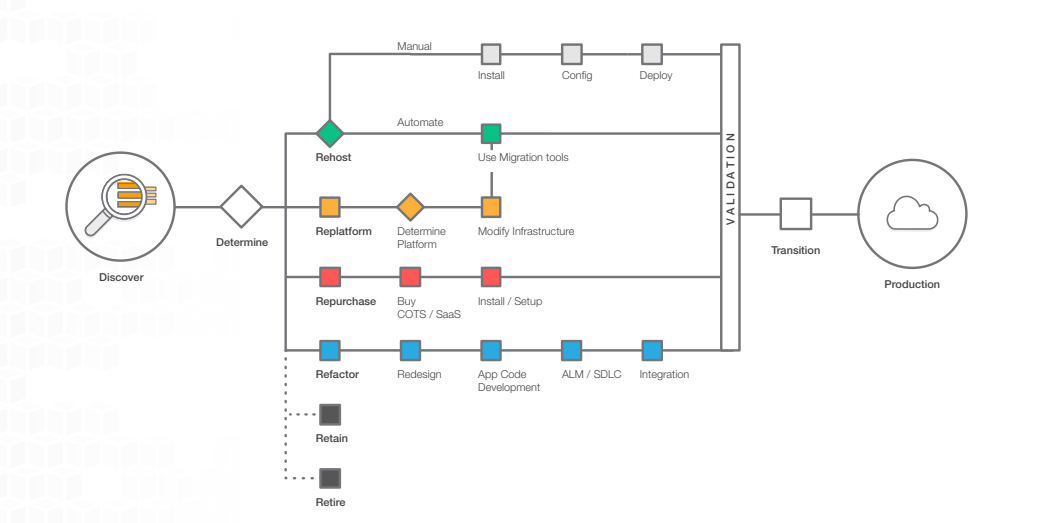
Source: AWS
Create a monitoring strategy
It’s essential to monitor the environment during and after migration constantly. Due to the apparent differences between on-premises and cloud infrastructure, applications after migration may not behave properly. Application, systems, and network audit logs should be captured and monitored to identify significant issues.
Find the right AWS migration partner
If your IT team does not have the required experience or competency to handle end-to-end AWS migration, it can unnecessarily delay and complicate the entire process. Moreover, if your internal team is already busy with their day-to-day responsibilities, the migration process can further affect their productivity and efficiency.
Instead, it’s better to find the right AWS migration partner with the expertise and experience to determine the best migration strategy for your organization and efficiently implement that strategy to migrate workloads and applications seamlessly—all without overburdening your IT team.
How Can Avahi Help You Streamline AWS Migration?
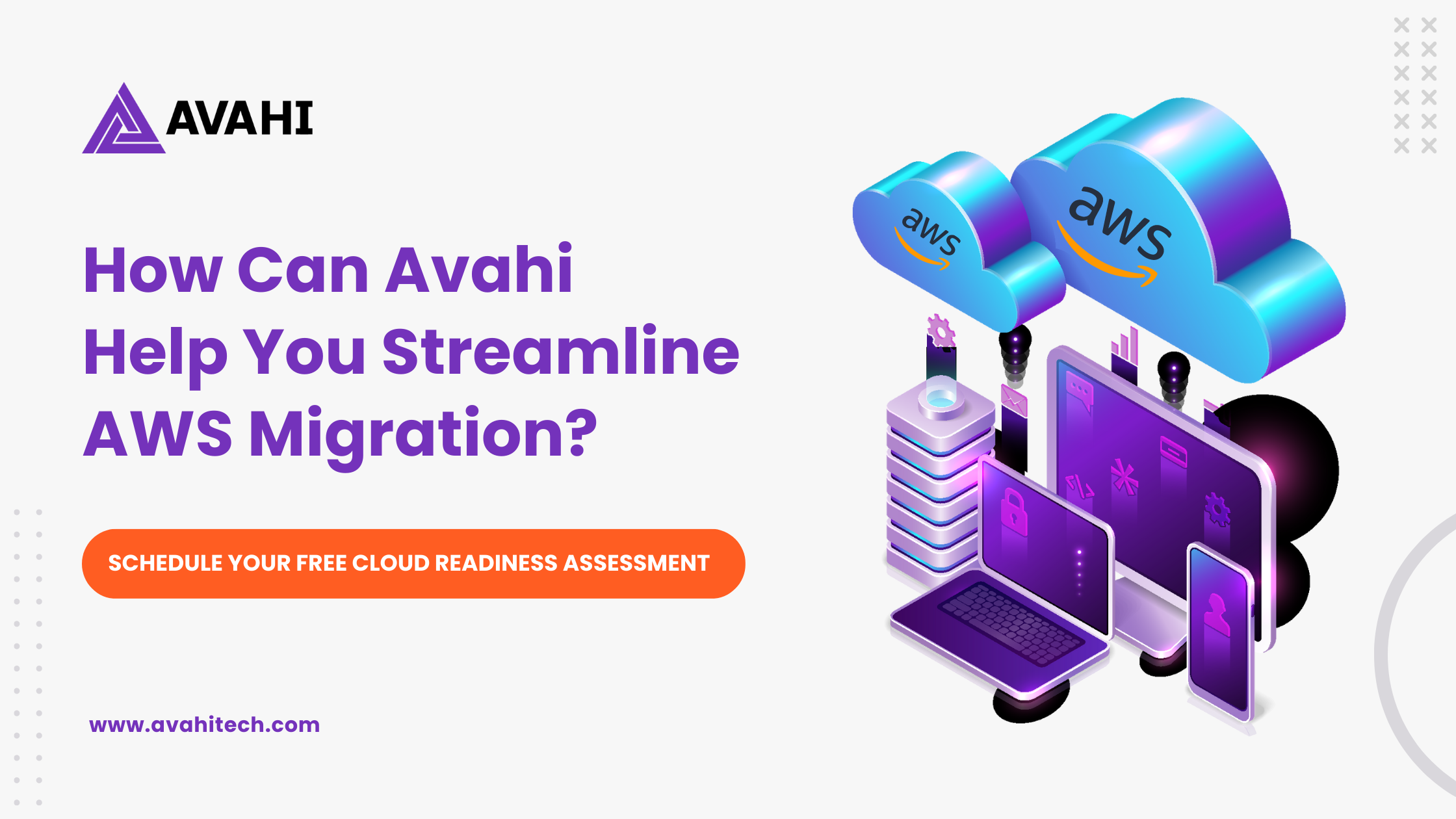
Avahi is an AWS cloud consulting partner with experience and capabilities to help businesses harness the cloud’s power, driving competitive advantage and improving productivity. The competent team at Avahi, who have executed migration numerous times over the years, provides you with the much-needed expertise and guidance to help you migrate legacy applications to AWS for improved performance, scalability, security, and reliability.
With Avahi, you can build the foundation needed to operate mission-critical applications on the cloud seamlessly.
Schedule your free cloud readiness assessment with Avahi today and develop successful migration strategies.

